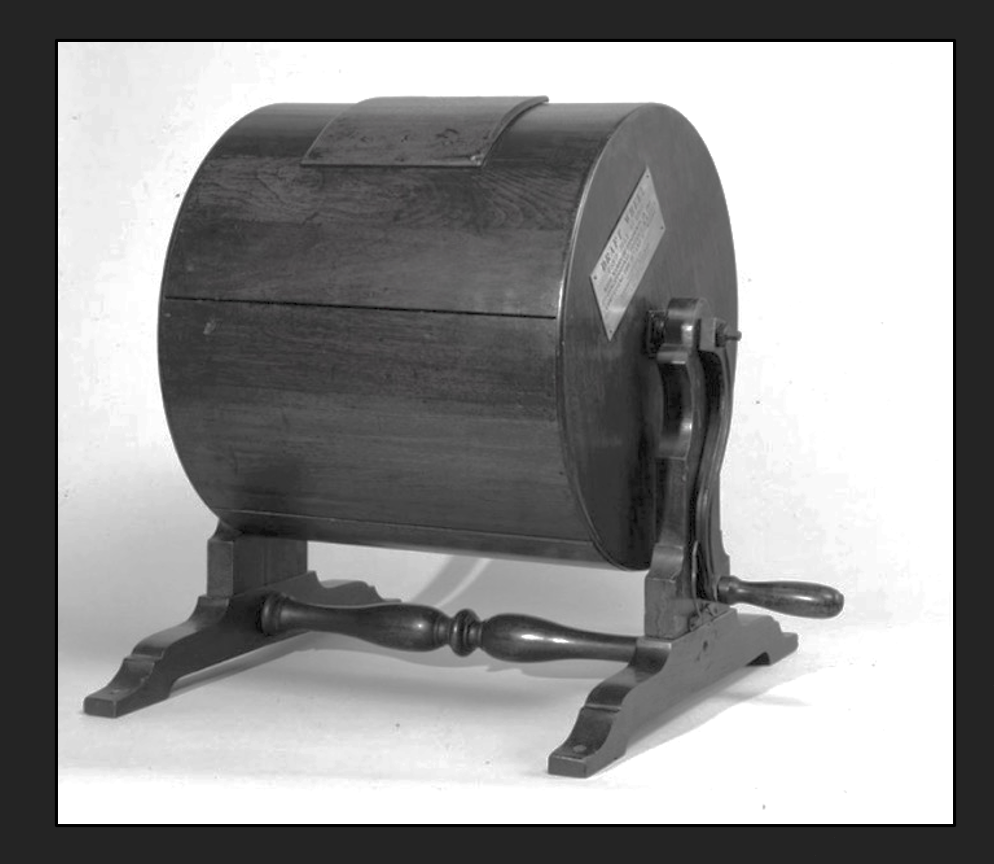
PHOTO: New-York Historical Society
From Monday, July 13 to Friday, July 18, 1863, one of the worst civic disturbances in American history raged in the streets of Manhattan. Ostensibly a violent reaction to the Conscription Act of 1863, the rioters – mostly poor Irish immigrants who were opposed to the war (known as “Peace Democrats”) objected to being forced to fight in a conflict they did not support. They also objected to a provision of the act that would allow a potential draftee to pay $300 (roughly $7,500 in 2020 dollars) to pay for a replacement to serve in his stead.
PRO-SOUTH SYMPATHIES
The newspapers popular among the Irish were virulently anti-Republican, anti-Lincoln and preferred to sue for peace with the South to end the war, even if it meant preserving slavery. For four days and nights, mobs attacked government buildings, burned businesses and the homes of the wealthy and savagely turned their fury to random African-American residents who they blamed for the war and the threat to their livelihoods that emancipation of the Southern slaves represented.
Soon after the riots were suppressed by the military (including some troops that had fought at Gettysburg only two weeks earlier), a group of New York merchants met to raise money to alleviate the suffering of the African-American victims of the draft riots.
As part of the charitable effort, the committee presented a report shortly after the riots to explain what had occurred. The report provides brief but detailed summaries on the random attacks and provide the name of the victim, the location of the attack and the grisly details of the mob’s savagery.
ABOUT THE PHOTOS
In October and November 2020, I visited the locations of the incidents as related in the report to the committee to see how these events, considered to be part of the worst civic disturbance in American history, have or have not been commemorated. This follows the technique of photographers Oliver Clasper who has documented the contemporary site of Southern lynchings and Rich Frischman who photographed sites associated with slavery and the segregation of the Jim Crow South. Like these fellow photographers, documentation helps historical memory inform the present. By exploring the present with a camera, we can discover how much of the past is still tangibly around us.
THE NARRATIVES OF THE ATTACKS
The narratives that report each individual incident are taken verbatim from the report to the Merchants Committee. Not all victims of the riots are specifically detailed in the committee’s report. Nor are all sites of the attacks noted here, in particular, the well-documented attack on the Negro Orphans Asylum on Fifth Avenue.
The period drawings are available from Wikicommons or are in the public domain. Most appeared in contemporary magazines such as Harper’s Weekly or Frank Leslie’s Illustrated Newspaper.
I would like to express my thanks and appreciation to Dr. Alexandra Stern from the City College Department of History for her advice and encouragement in the development of this project which grew out of her class on the Civil War and Reconstruction.
– Don MacLeod

